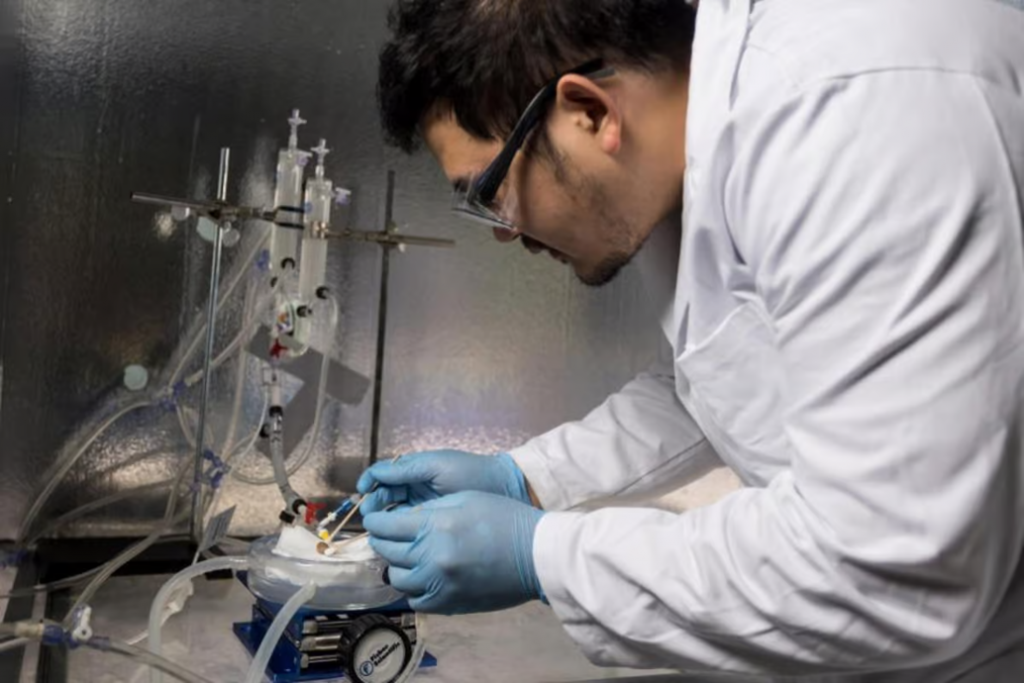Revolutionary advancements in cryogenic technology have raised hopes for a breakthrough in organ transplantation.
A team of cryo-engineers and surgeons at the University of Minnesota has developed a pioneering method to freeze and thaw rat organs while preserving their viability. This groundbreaking study, published in the journal Nature Communications, tackles long-standing challenges associated with organ freezing, potentially expanding the pool of available donated organs and saving countless lives.
The concept of freezing and thawing human organs has captivated medical scientists for years, offering the potential to revolutionize organ transplantation by significantly increasing the availability of viable organs. However, the detrimental effects of crystal formation during freezing and uneven thawing processes have impeded progress. Addressing these obstacles, the research team has devised a novel approach to overcome these limitations.
To mitigate damage caused by crystal formation between cells during freezing, the team adopted a technique known as snap-freezing. Cryoprotective chemicals were injected into the tissue, followed by rapid freezing. Instead of crystals, a glass-like substance formed, effectively safeguarding the tissue from harm. With crystal formation conquered, the team focused their efforts on tackling the challenges of the thawing process.
Conventional methods of thawing tissue involve gradual warming at room temperature, application of heat, or even the use of microwaves. Regrettably, these approaches often result in uneven thawing, where different regions of an organ warm at varying rates. This uneven thawing leads to cracks and tears, rendering the organ unsuitable for transplantation. Determined to find a solution, the researchers introduced iron oxide particles into the organ prior to freezing.
Subsequently, alternating magnetic fields were employed to warm the tissue to room temperature, with each nanoparticle acting as a miniature heater. The outcome was the uniform thawing of the tissue, eliminating the risk of damage caused by uneven warming.
To validate the effectiveness of their technique, the research team conducted experiments on rat kidneys. Several kidneys were frozen and stored for up to 100 days before being thawed. Five kidneys were transplanted into live test rats after removing the chemicals and nanoparticles. Astonishingly, all the rats survived the transplantation procedure, and within a mere 30 days, full kidney functionality was restored.
Although further research and testing are necessary before applying this technique to human organs, these promising results instill hope for enhancing the chances of organ recipients receiving a transplant in a timely manner.
This breakthrough in cryogenic preservation of organs offers a glimmer of hope for patients in desperate need of organ transplants. The innovative procedure developed by the University of Minnesota research team may serve as a transformative milestone in the field of organ transplantation, potentially saving countless lives. While additional studies and refinements lie ahead, the future looks brighter for those awaiting life-saving organ donations.
Source: University of Minnesota

